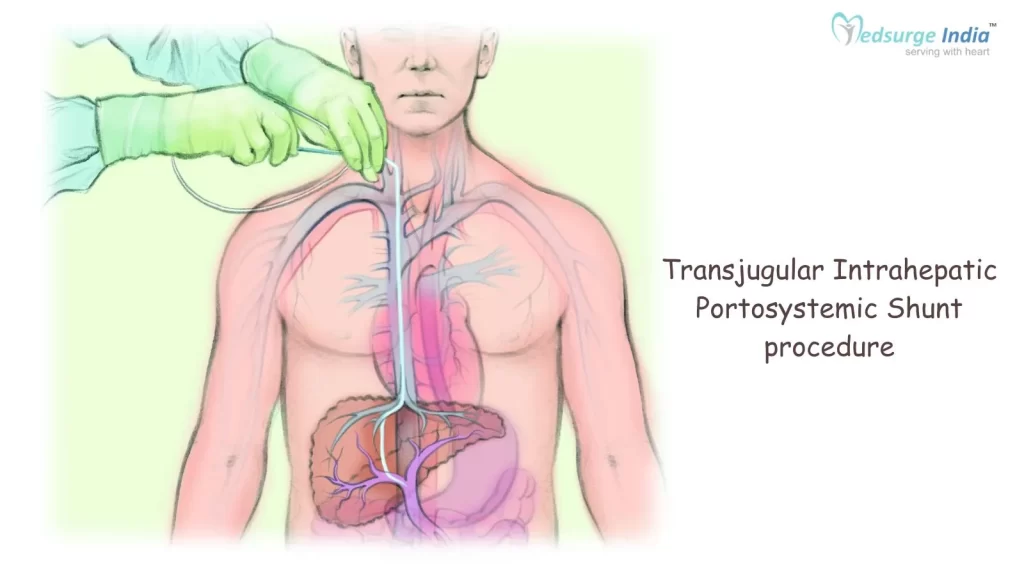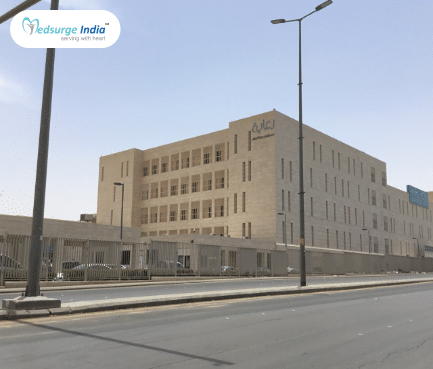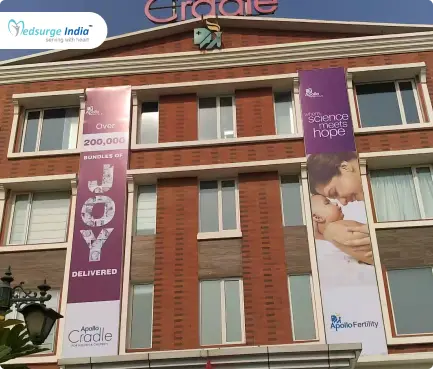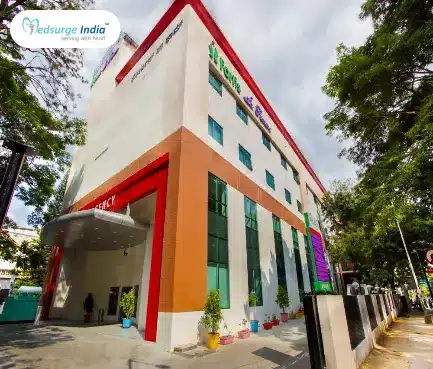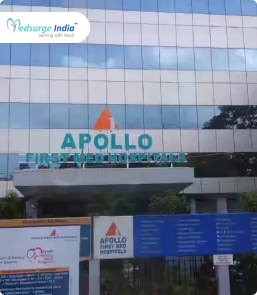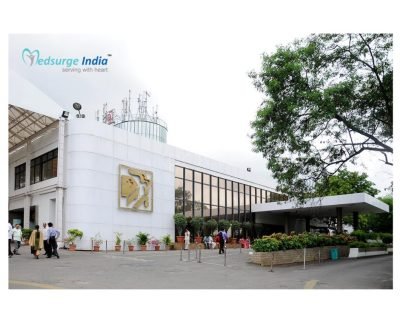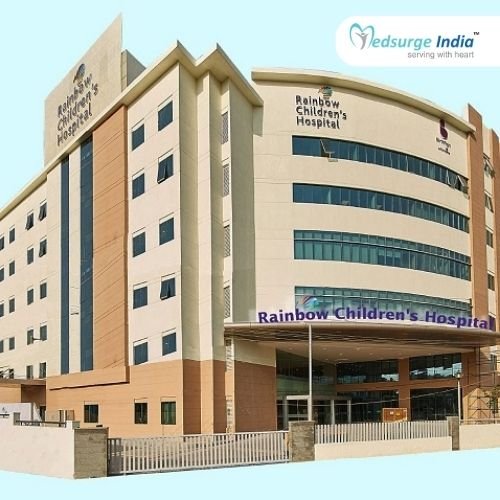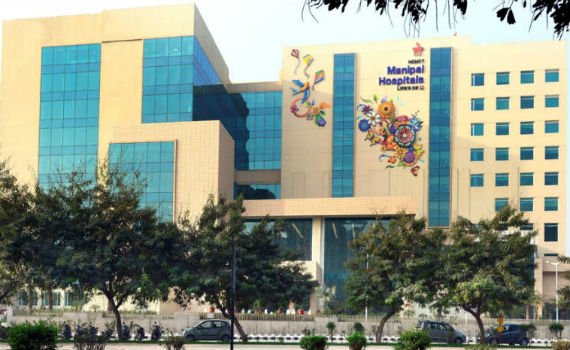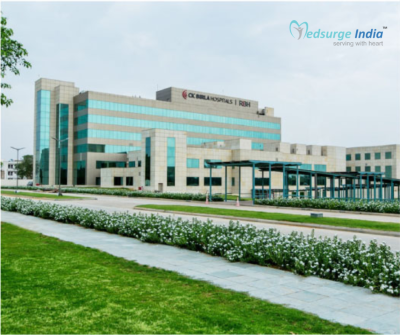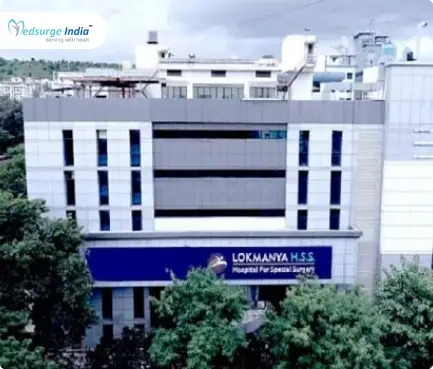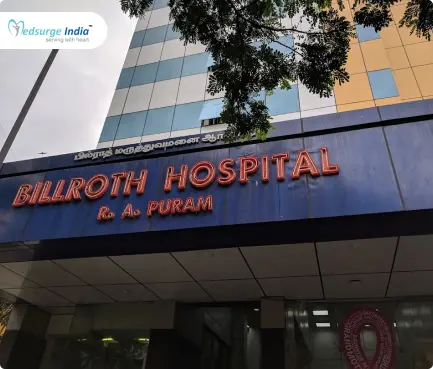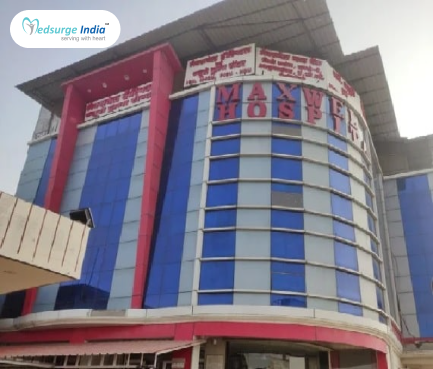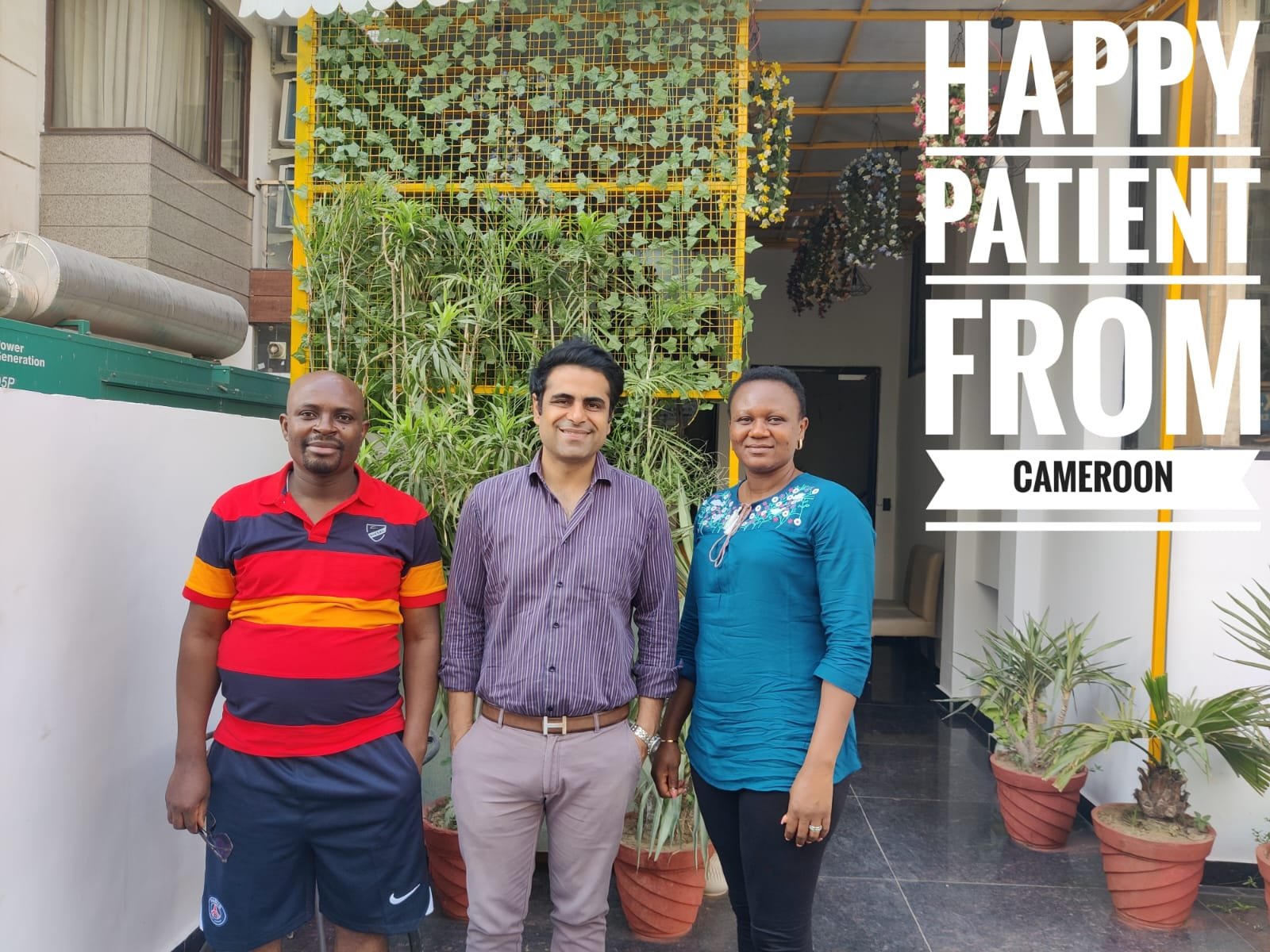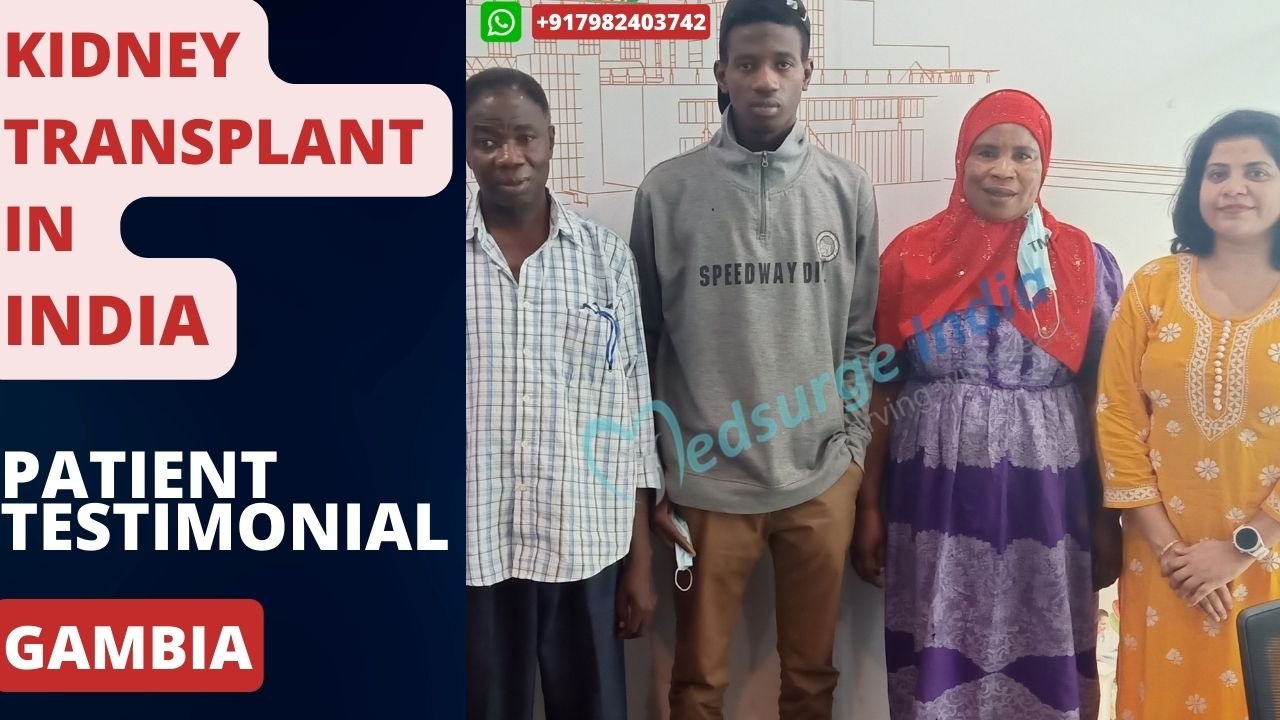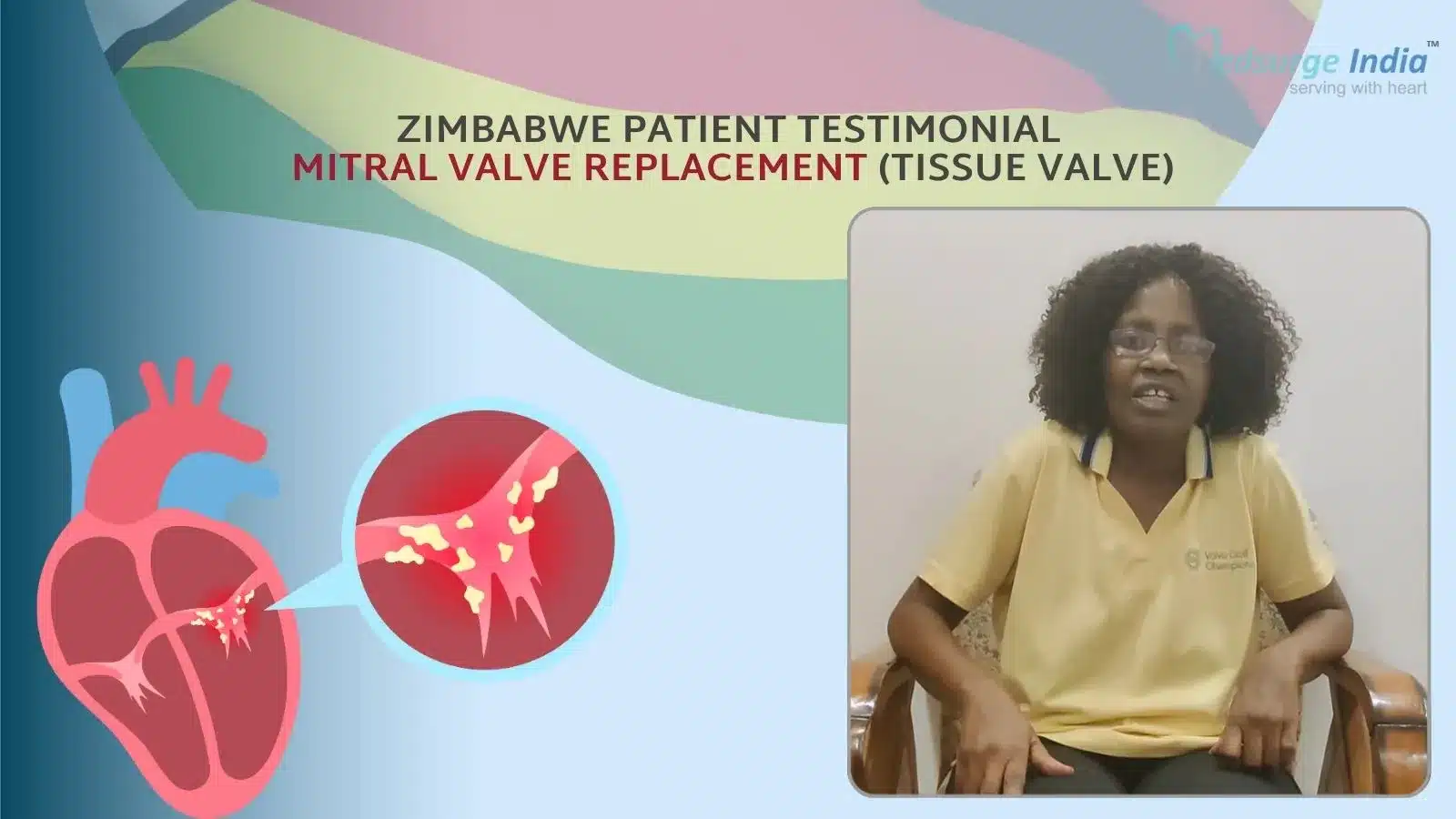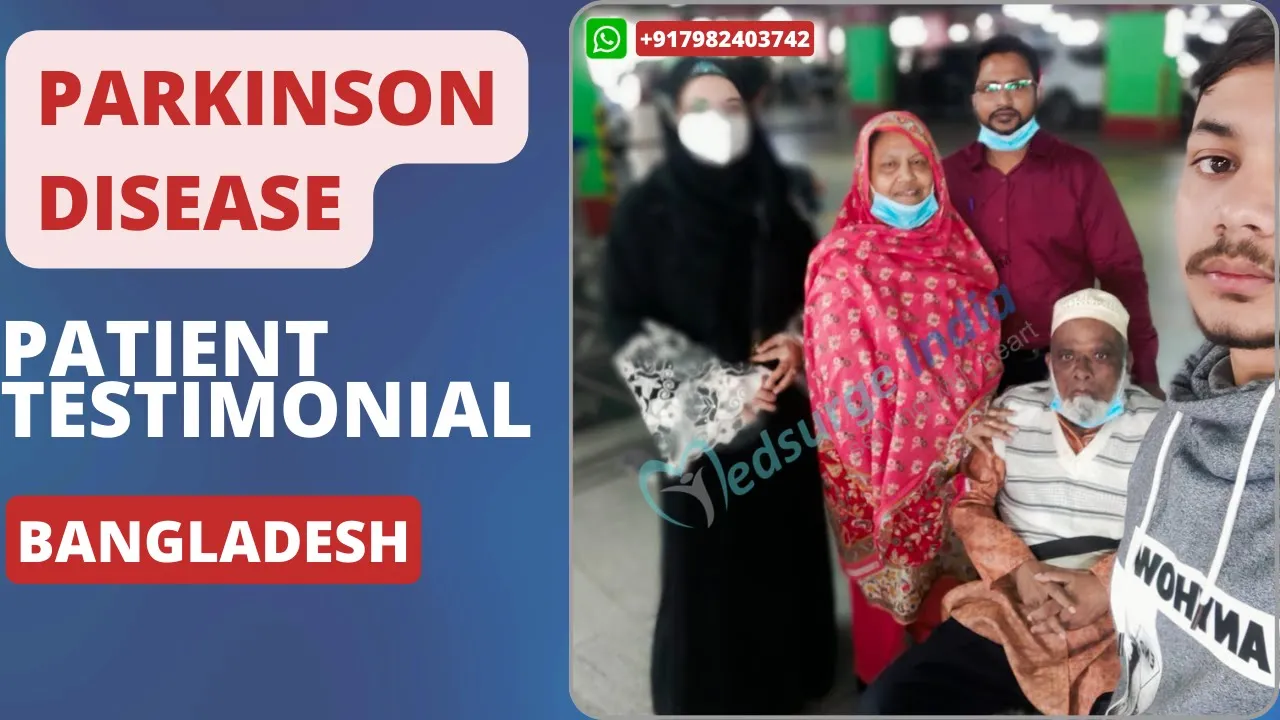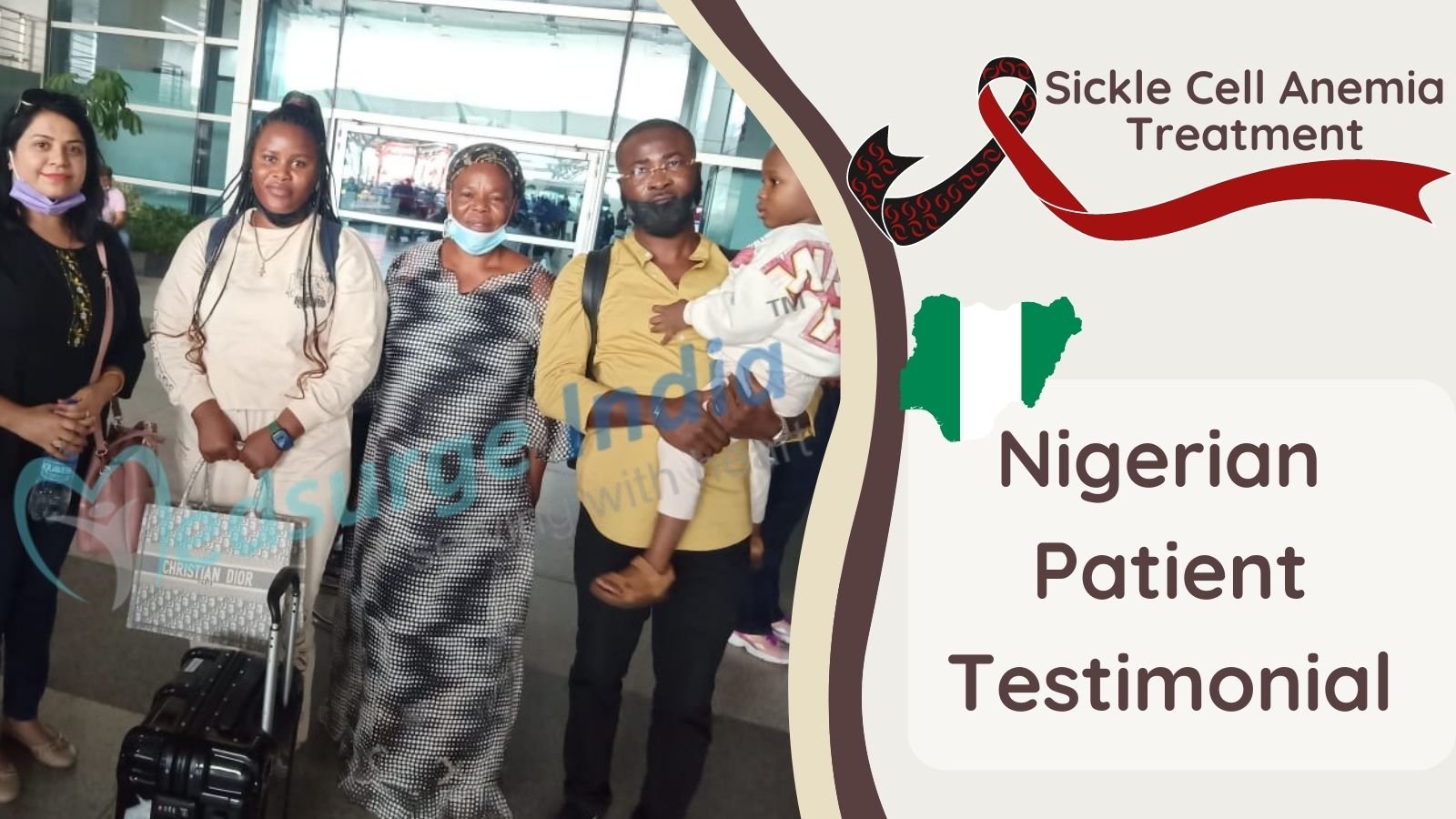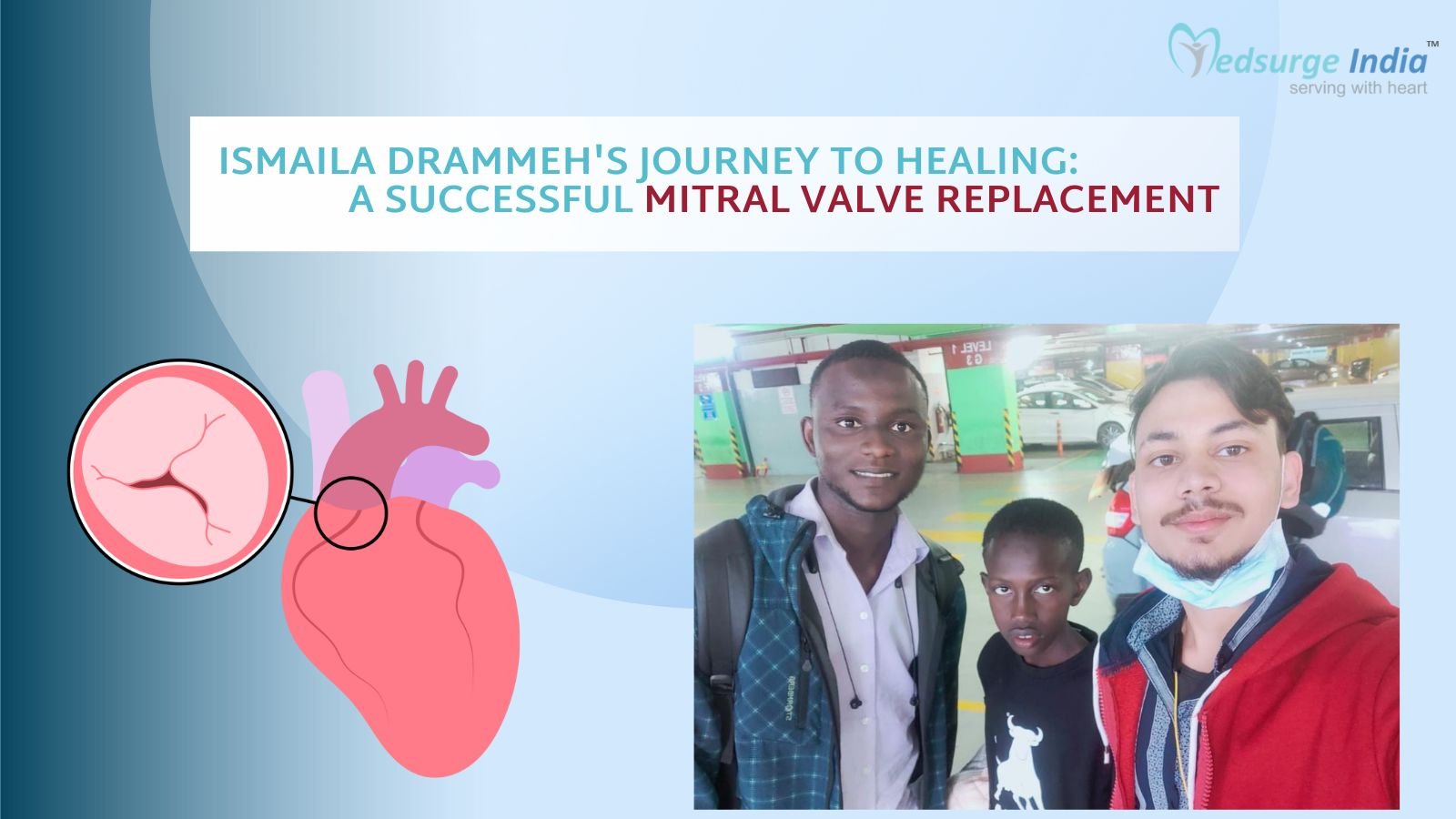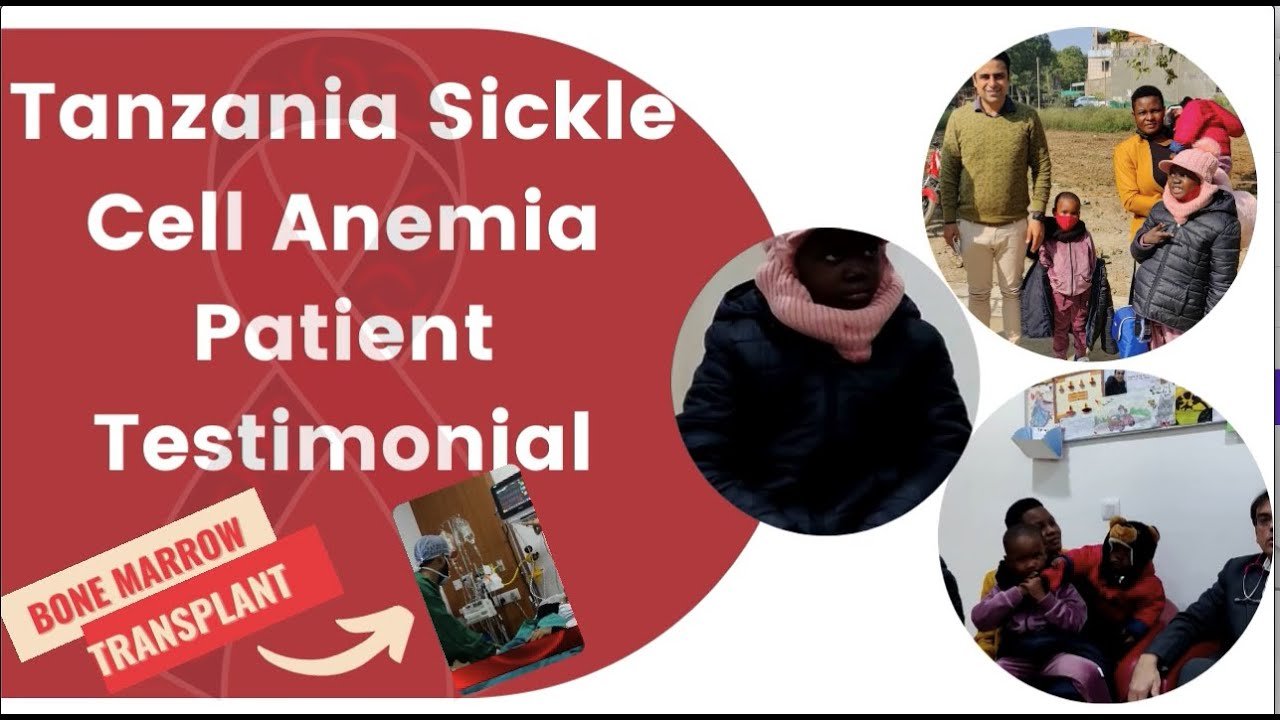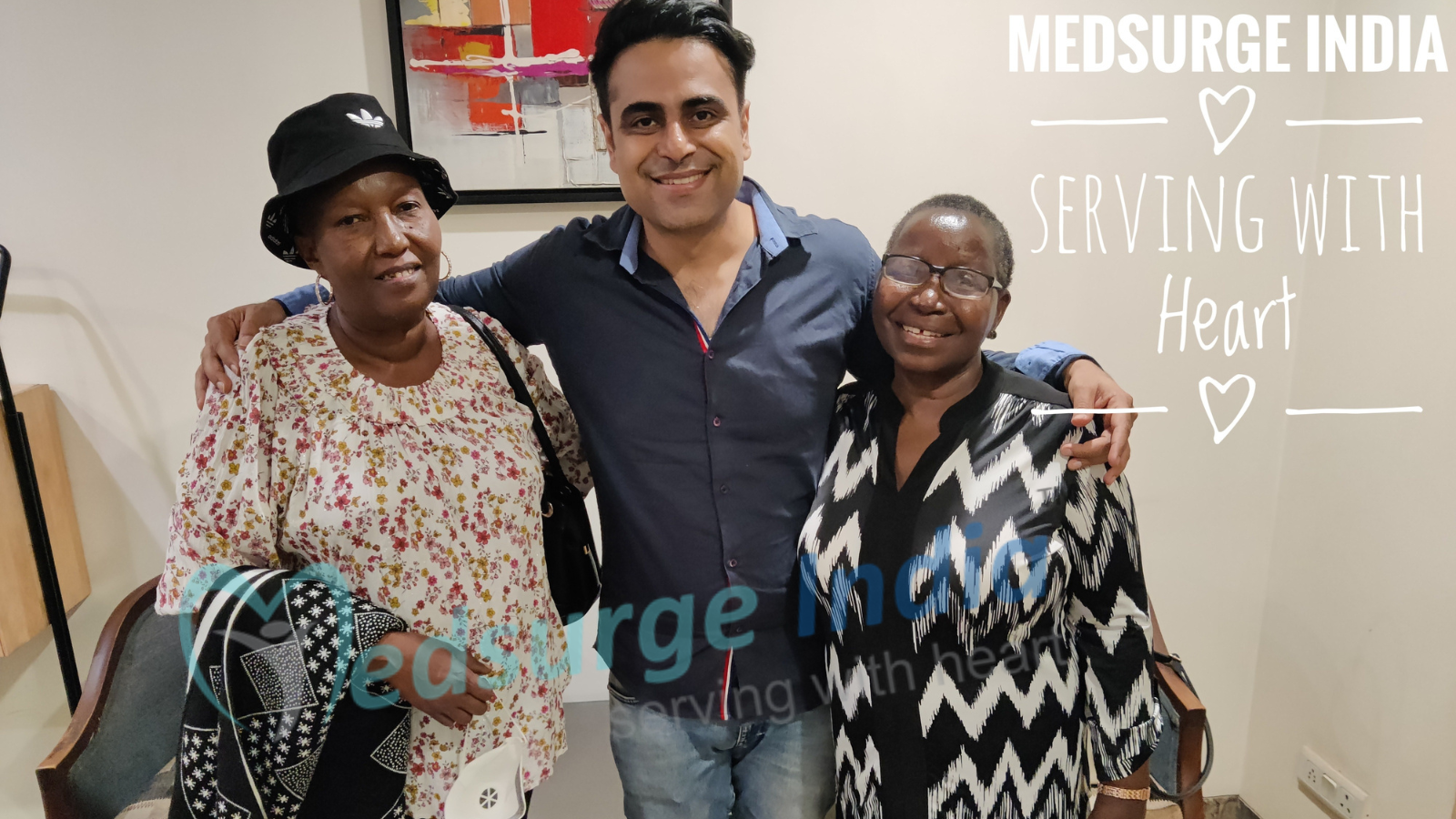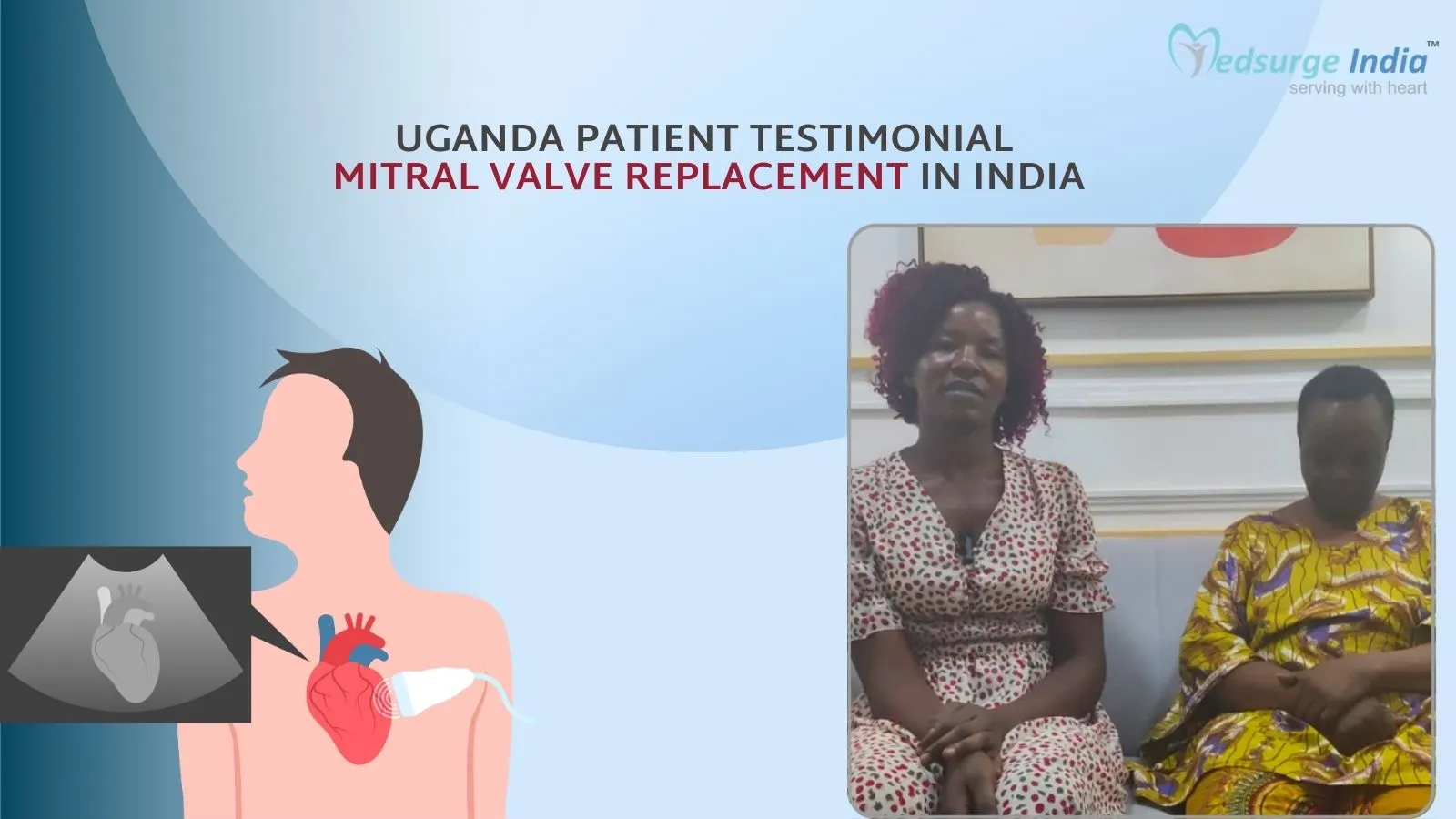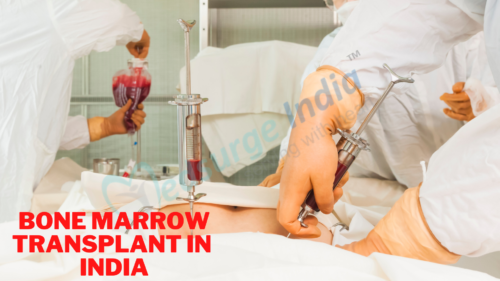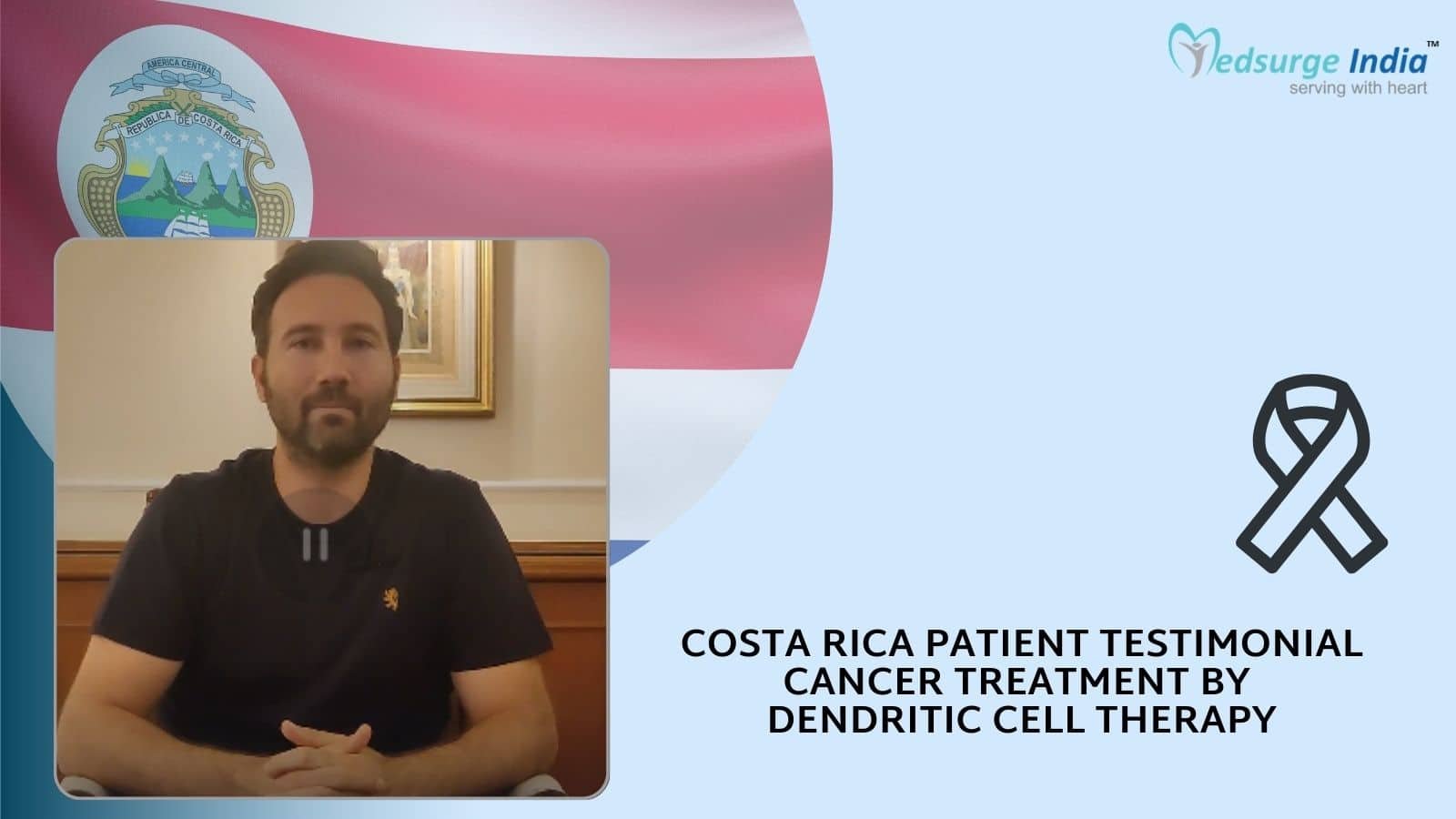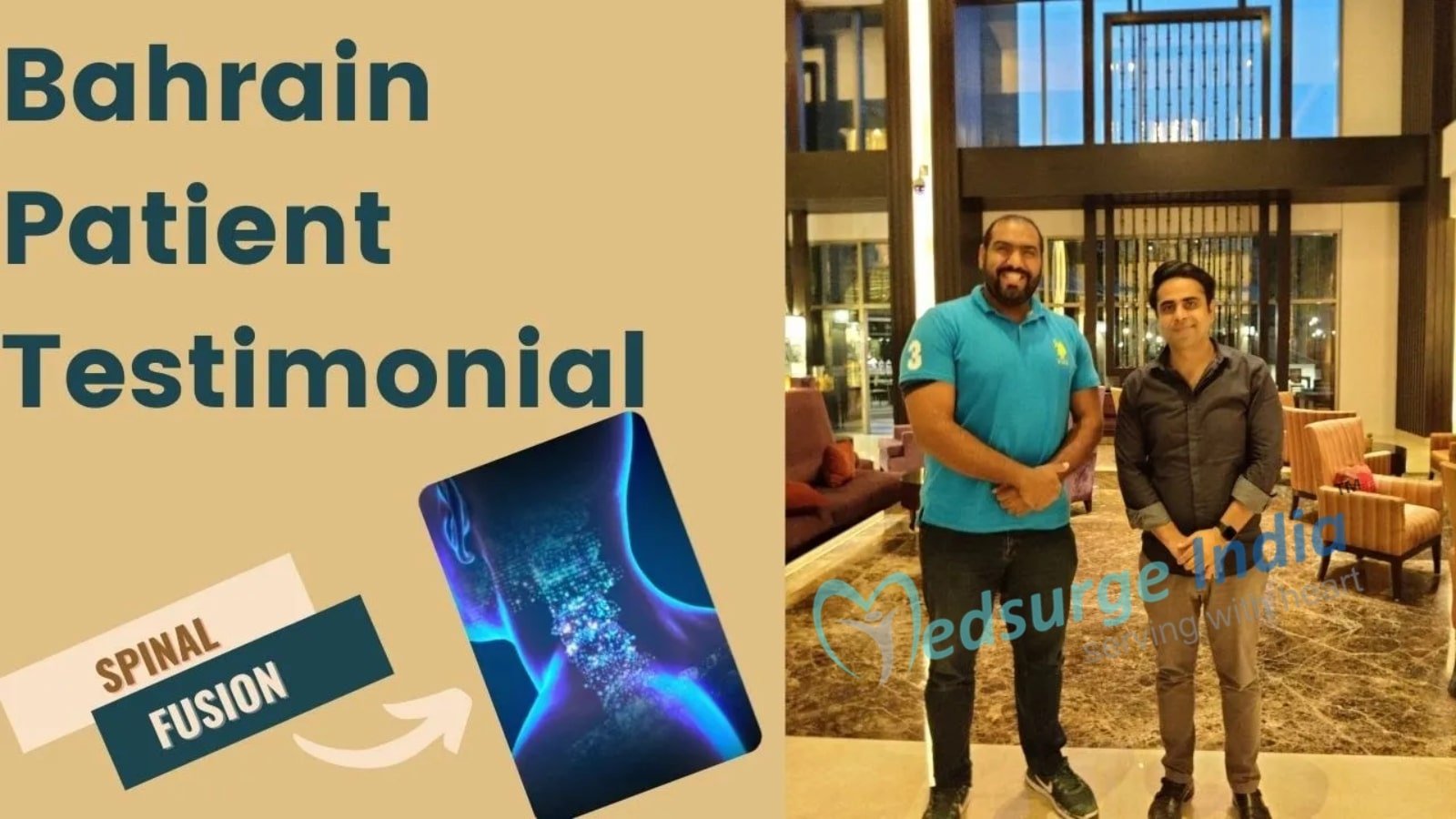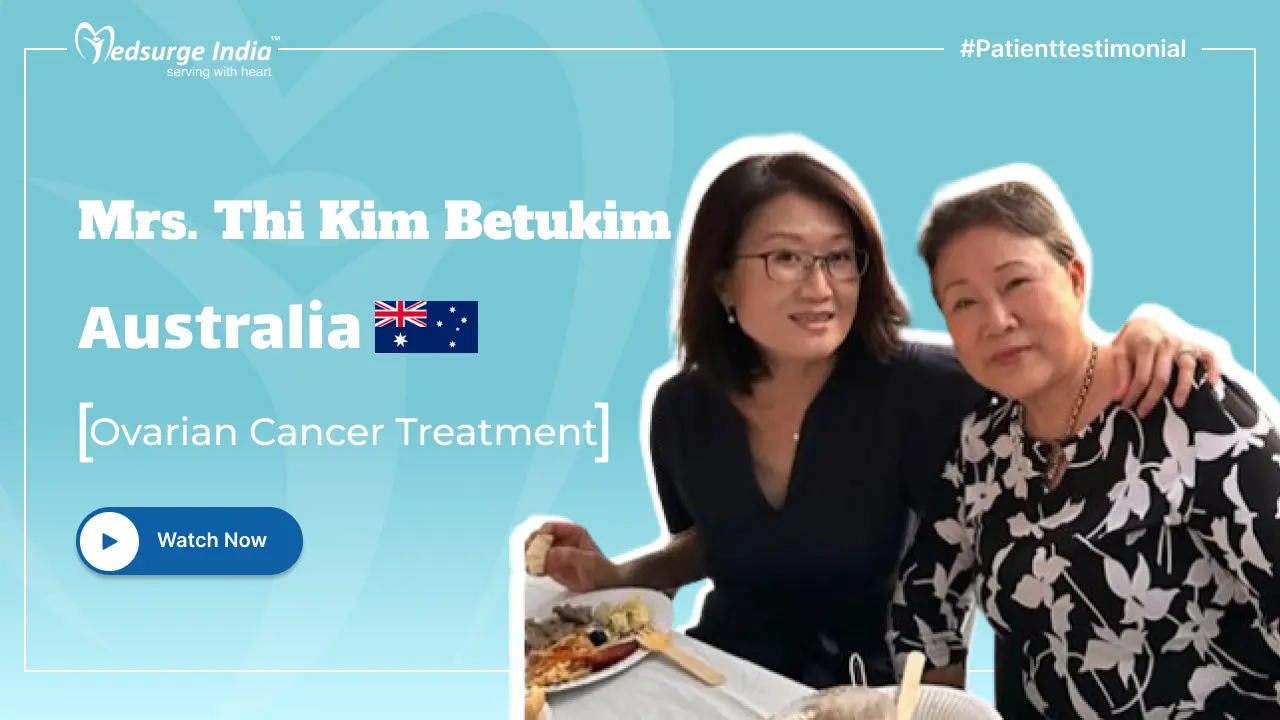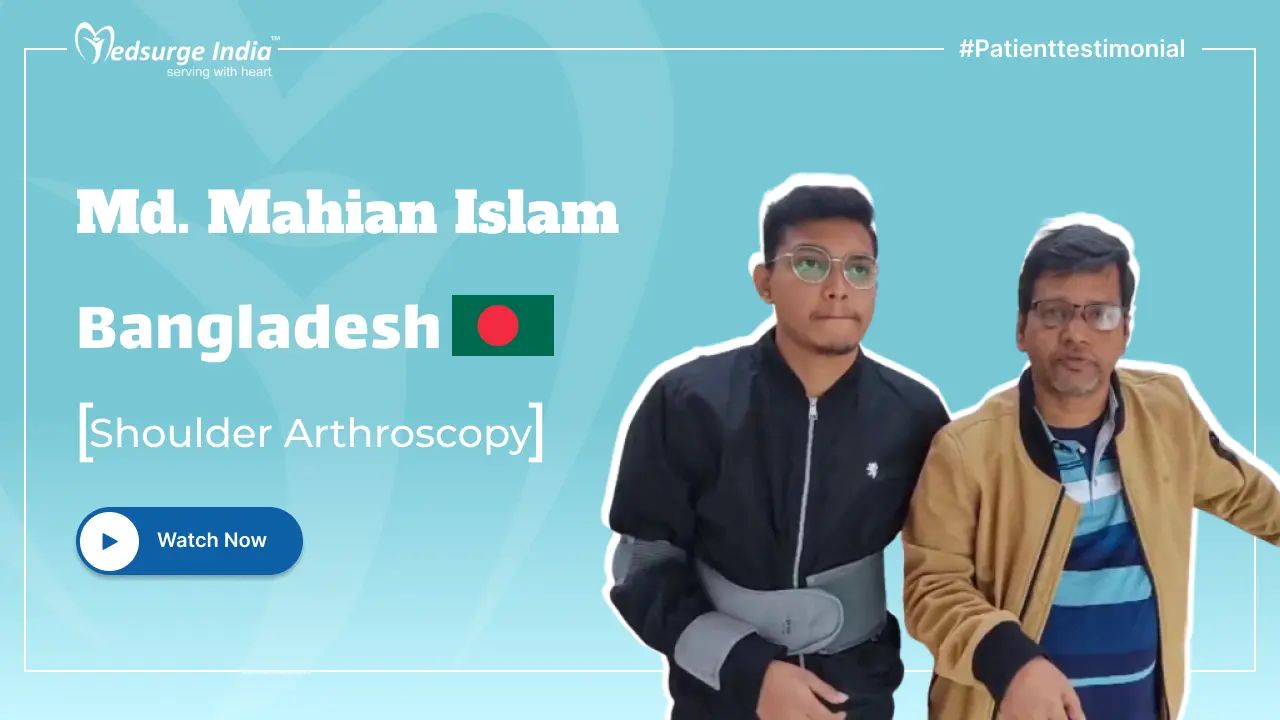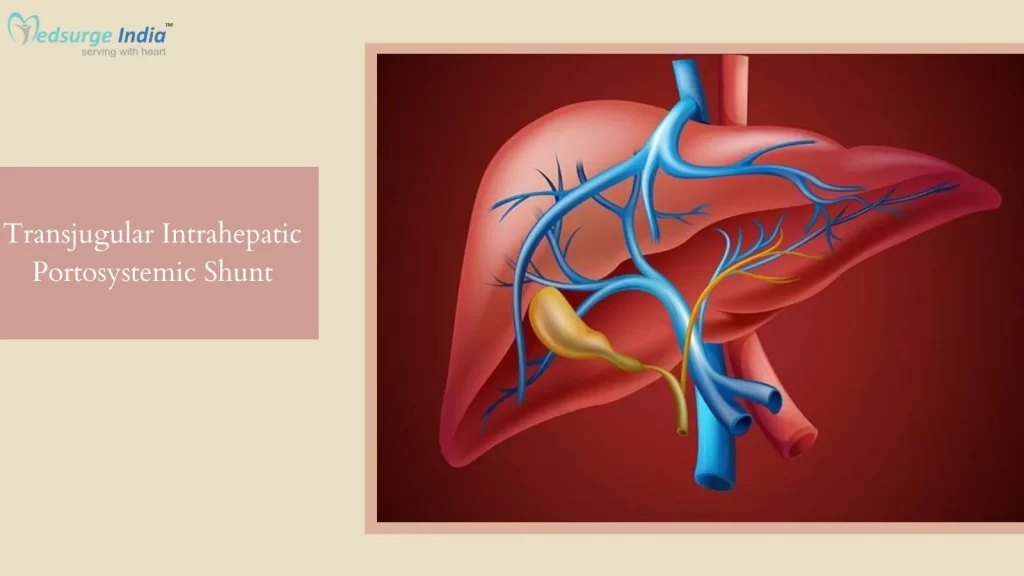
TIPS (Transjugular Intrahepatic Portosystemic Shunt) is a procedure that connects two blood veins in your liver. If you have serious liver problems, you may require this treatment. A (TIPS) Transjugular Intrahepatic Portosystemic Shunt in India is a minimally invasive procedure used to treat portal vein hypertension along with liver disease concerns. A stent is inserted by a surgeon to reduce blood pressure in the portal vein by redirecting blood flow past the liver.
The Cost of Transjugular Intrahepatic Portosystemic Shunt Surgery in India is quite affordable as compared to other developed nations. The total treatment cost plan depends upon the type of hospital chosen by the patient and the duration of stay in the hospital.
What is Portal Hypertension?
Portal hypertension is an increase in the pressure within the portal vein (the vein that transports blood from the digestive organs to the liver). This pressure buildup can cause blood to flow backward from the liver into the veins of the spleen, stomach, lower esophagus, and intestines, causing the blood vessels to expand and make them prone to bleeding. The backward pressure buildup also causes fluid to accumulate in the chest or abdomen. Adults are frequently affected by portal hypertension as a result of chronic challenges that lead to liver cirrhosis.
What is Transjugular Intrahepatic Portosystemic Shunt?
A Transjugular Intrahepatic Portosystemic Shunt (TIPS) is a pathway formed within the liver using X-ray guidance to join two veins within the liver. The shunt is kept open by inserting a small, tubular metal device known as a “stent”.
During a TIPS Surgery in India, interventional radiologists use imaging guidance to create a tunnel through the liver to connect the portal vein (the vein that delivers blood from the digestive organs to the liver) to one of the hepatic veins (three veins that carry blood away from the liver back to the heart). A stent is then inserted in this tunnel to maintain the passage open.
Patients who undergo a TIPS in India often have portal hypertension, or elevated pressure in the portal vein system. Blood can flow backward from the liver into the veins of the spleen, stomach, lower esophagus, and intestines, creating swollen vessels, bleeding, and fluid accumulation in the chest or abdomen. The condition is most common in adults, generally as a result of chronic liver disorders that lead to cirrhosis (liver scarring). Portal hypertension can occur in children, although they are far less likely to require a TIPS in India.
What are Some Common Uses for the TIPS Surgery in India?
TIPS Surgery in India is used to address the following portal hypertension complications:
- Variceal Bleeding, hemorrhage is defined as bleeding from any of the veins that ordinarily drain the stomach, esophagus, or intestines into the liver.
- Portal gastropathy is an engorgement of the veins in the stomach wall that can result in serious bleeding.
- significant ascites (fluid accumulation in the abdomen) and/or hydrothorax (fluid accumulation in the chest).
- Budd-Chiari syndrome is characterized by a blockage in one or more veins that transport blood from the liver to the heart.
Transjugular Intrahepatic Portosystemic Shunt Cost In India
Affordable Transjugular Intrahepatic Portosystemic Shunt Cost in India starts from INR 208,457 (2,500 USD). India offers considerably less-priced cancer treatment when compared to other places worldwide. It is possible that a foreign patient receiving cancer treatment in India will pay between 50 and 60 percent less. India has some of the best medical facilities and services in all of Asia, making it a very popular travel destination for medical tourists.
Factors That Can Affect Transjugular Intrahepatic Portosystemic Shunt Cost in India
- Nursing and Dietician’s fees
- Cost of Initial Evaluation and Diagnosis
- Cost of the Surgery and Treatment
- The duration of the stay and your recovery period.
- During admittance, the room type was selected.
- The patient’s health status, as well as any other existing conditions such as diabetes, hypertension, obesity, and so on.
Best Liver Transplant Hospitals in India
Get Free Cost Estimation
Procedure
How Transjugular Intrahepatic Portosystemic Shunt Procedure is Performed?
Before the Procedure
- Inform your doctor about all of your prescriptions, including herbal supplements. Include any allergies, particularly to local anesthetics, general anesthesia, or contrast materials. Before your procedure, your doctor may advise you to stop taking aspirin, nonsteroidal anti-inflammatory medicines (NSAIDs), or blood thinners.
- If a woman is pregnant, she ought to always inform her doctor and a gynecologist. To avoid exposing the fetus to radiation, doctors will not do many tests during pregnancy. If an x-ray is required, the doctor will take care to limit the baby’s exposure to radiation.
- Before your procedure, your doctor will probably tell you not to eat or drink anything after midnight. Your doctor will advise you on what medications to take in the morning.
- You should expect to spend one or more days in the hospital.
- You will be given a gown to wear throughout the procedure by the nurse.
During the Procedure
- The person is positioned on the back.
- Monitors are attached to the body to track vital indicators such as heart rate, blood pressure, oxygen level, and pulse.
- If the procedure is done under sedation, the nursing staff will introduce an intravenous (IV) line into a vein in the hand or arm to provide a sedative.
- An intravenous (IV) sedative is given to the patient to make them feel relaxed and comfortable during the treatment. A minor pinch may be felt when the needle for the IV line is placed into the vein and the local anesthetic is delivered.
- A local anesthetic is used to numb the area directly above the right collarbone. Once the place is numb, only a small incision or cut is performed.
- The internal jugular vein will subsequently be located using ultrasonography by the IR. Above the collarbone, the vein exists. A catheter is then put into the vessel, which is simply a long, thin, hollow plastic tube.
- After inserting the catheter into the vein, the IR guides the catheter into one of the hepatic veins using real-time x-ray guidance.
- To trace the portal venous system and plan for the implantation of the TIPS stent, a contrast dye substance is injected into the hepatic vein. As the contrast material goes through the vein, the patient may feel some warmth.
- The portal system is then accessible via the hepatic vein with a TIPS needle, which is a unique long needle that extends from the neck into the liver. The needle’s exterior directional indicator helps in the puncture of the portal vein, and the needle creates a passage for the stent. As the needle is advanced through the liver and the channel is enlarged by the balloon, the patient may experience a little pain. If the pain becomes intolerable, the IR should be notified so that further IV drugs can be administered.
- Under fluoroscopy, the IR then inserts a stent from the portal vein into the hepatic vein. The stent is wrapped around a balloon-tipped catheter that is advanced through the TIPS needle. When the stent has reached its desired location, the balloon is inflated and the stent is extended into place.
- The balloon is subsequently deflated and the catheter is withdrawn.
- To validate a reduction in portal hypertension, the pressure within the vein is monitored.
- Additional portal venograms are performed to confirm adequate blood flow via the shunt.
- After the treatment is completed, pressure is administered to the incision site to prevent excessive bleeding. Sutures may not be necessary because the wound is wrapped.
- The treatment normally takes an hour or two to complete, but if the disease or vascular architecture is complex, it may take several hours.
After the Procedure
- After the procedure, the medical staff attentively observes the patient. Once a person has returned from the procedure room, the head should be maintained elevated for a few hours. In most circumstances, when the operation is done voluntarily and no serious complications occur, a person may be allowed to go home the next day. Individuals who experience excessive bleeding are watched in intensive care during recovery and may be retained in the hospital for a prolonged period of time.
- Normal activities can be resumed in one to two weeks after a simple surgery.
- To verify that the TIPS operation remains open and operates well, a person may be required to undergo ultrasounds before being discharged from the hospital and throughout follow-up.
What are the Advantages of having a Transjugular Intrahepatic Portosystemic Shunt in India?
TIPS Surgery in India is intended to give physiological outcomes similar to those of a surgical bypass or shunt while avoiding risks associated with open surgery. As a result, it provides the following advantages:
- TIPS Surgery in India provides a quicker postprocedural recovery time than open surgery because it is a minimally invasive treatment.
- Unlike an open surgical bypass, there is no surgical scar tissue created in the abdomen because the surgery is not transabdominal, i.e. the abdomen is not penetrated. As a result, the chances of future liver transplant operations are not jeopardized due to abdominal scarring.
- The TIPS stent is placed entirely within the diseased liver. It is removed with the liver during the transplant procedure and does not require a separate treatment for stent removal.
- According to existing scientific research, the TIPS treatment reduces variceal hemorrhage in more than 90% of people.
- The treatment can be performed with the smallest incision possible and without the need of stitches.
What are the Risks and Complications Associated with the Transjugular Intrahepatic Portosystemic Shunt Procedure in India?
- Damage to Adjacent Structures: There is a risk of problems such as physical damage to the blood vessel or adjacent tissues, which could result in bruising or bleeding at the puncture site and/or infection. Typically, the doctor will take efforts to reduce these risks; but, if a complication occurs, it can result in:
- Fever
- Stiffness of the Neck Muscles
- Allergic reaction: A person may become allergic to the contrast substance used. Individuals with compromised kidney health may get acute or permanent kidney failure as a result of the contrast substance utilized.
Even if they are far too few, the following major complications are possible:
- Arrhythmias and heart failure are instances of cardiac conditions.
- Damage to the hepatic artery, which may result in severe liver injury or bleeding requiring immediate treatment.
- Confusion or hepatic encephalopathy.
- Infection of the Stent.
- Skin damage from radiation exposure if the operation is challenging and lengthy, necessitating extended fluoroscopy.
- Stent obstruction causes symptom recurrence.
How can Medsurge India Help?
Medsurge India is a prestigious support system for patients looking for doctors, hospitals, and specialized treatments. We’ll find the most suitable medical options for you. Regarding your medical issues, our team will give you a list of certified, reputable, and trusted doctors and hospitals. Additionally, we offer a treatment strategy that fits your budget. Apart, we assist patients with obtaining travel authorizations, medical visas, and a multitude of other things.
The Most Important Frequently Asked Questions
Q: How serious is a TIPS procedure?
A: TIPS problems include sudden liver failure, hepatic encephalopathy, hemorrhage, biliary injury, organ injury, TIPS thrombosis, malfunction, and migration.
Q: How long does TIPS take to recover?
A: In seven to ten days, you should be able to resume your normal activities. Following the TIPS surgery, ultrasounds will be performed on a regular basis to ensure that it remains open and performs well.
Q: Who is a TIPS candidate?
A: TIPS indications accepted include the following: Uncontrolled variceal hemorrhage caused by esophageal, gastric, or intestinal varices that do not respond to endoscopic or medicinal treatment. Ascites refractory. Hydrothorax (hepatic pleural effusion)
Q: Is the TIPS procedure urgent?
A: TIPS is advised as a “rescue” treatment if initial hemostasis cannot be achieved with endoscopic and pharmacological treatments, or if unmanageable early rebleeding occurs within 48 hours.
Q: What happens following a TIPS procedure?
A: It can make you dizzy, cause balance issues, and make you tired. After a TIPS, around three out of every ten patients will develop hepatic encephalopathy. It is usually treatable with medication. Because less blood flows to the liver, some patients may experience more liver problems.
Top Hospitals for Transjugular Intrahepatic Portosystemic Shunt in India
Top Doctors for Hepatology
Dr. Samir Shah
Head of Department , DM, MD, Fellowship, MBBS
Experience: 33 years of experience
Mumbai , India
Dr. Dinesh Jothimani
Director
Experience: 18 years of experience
Dr. Rela Institute and Medical Centre, Chennai
Chennai, India

